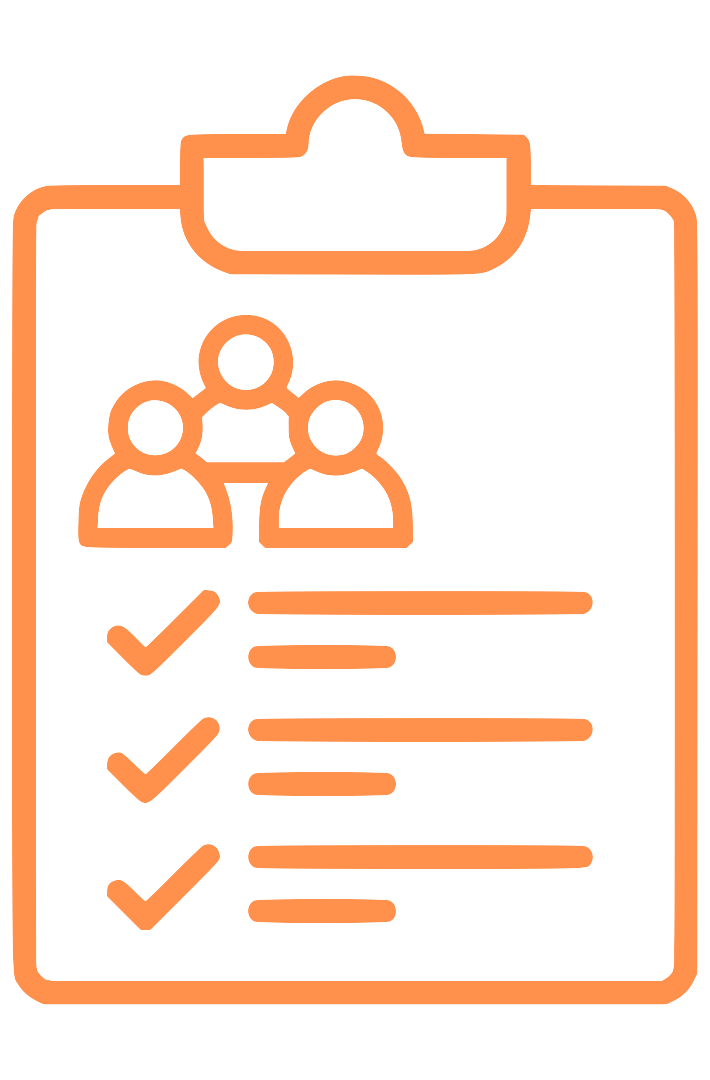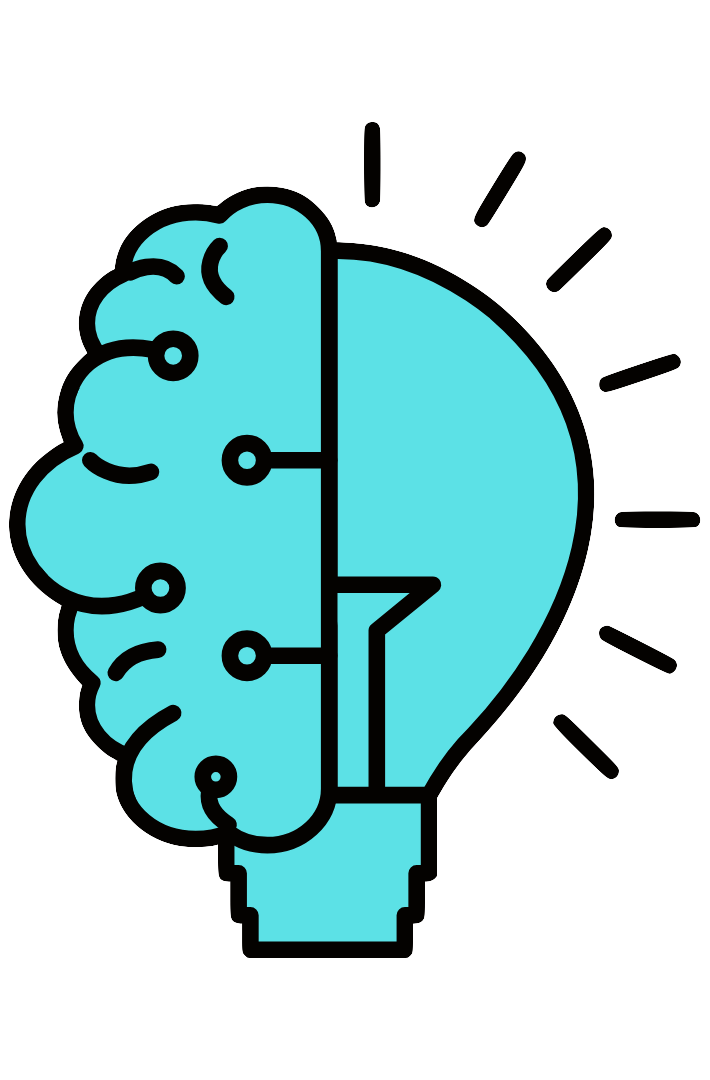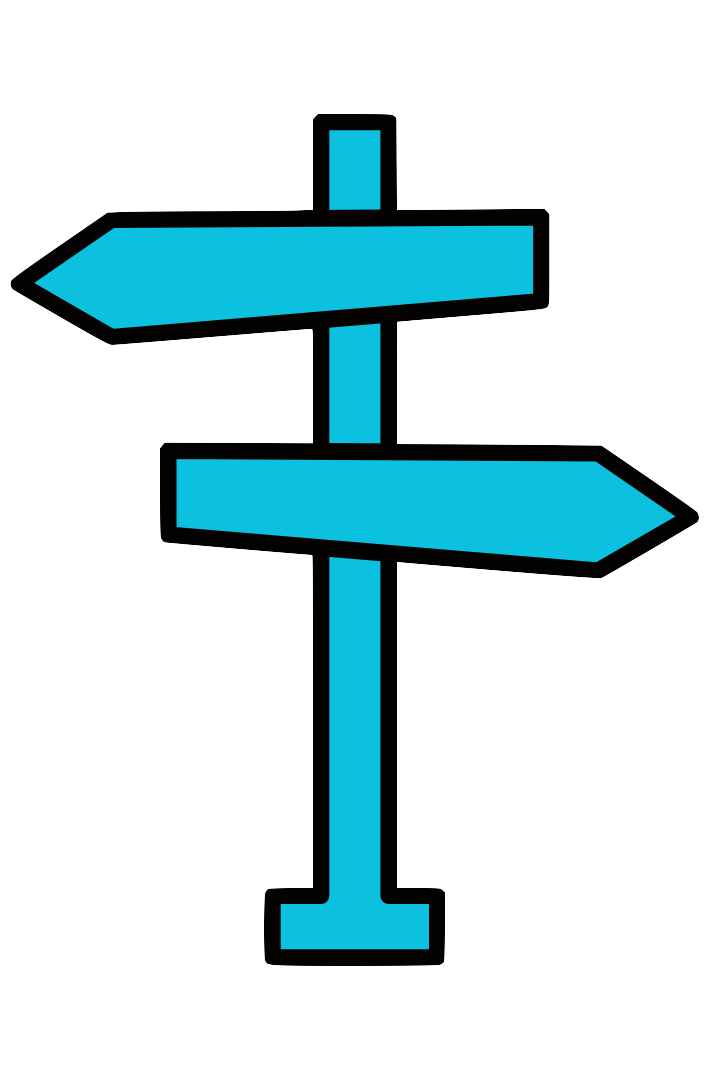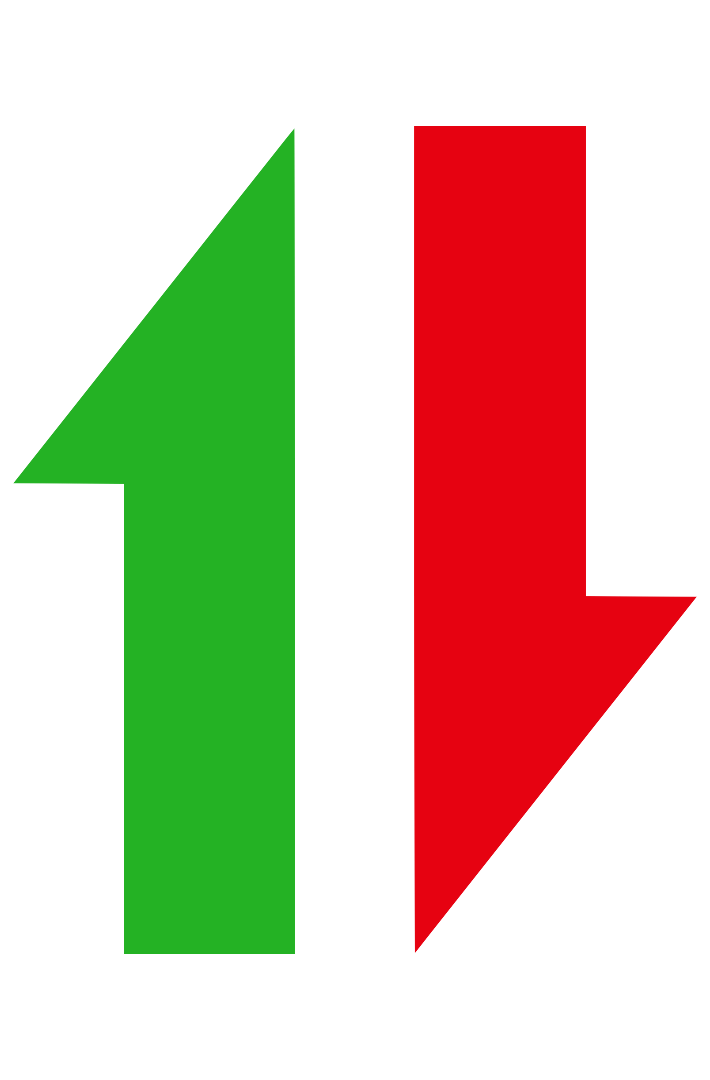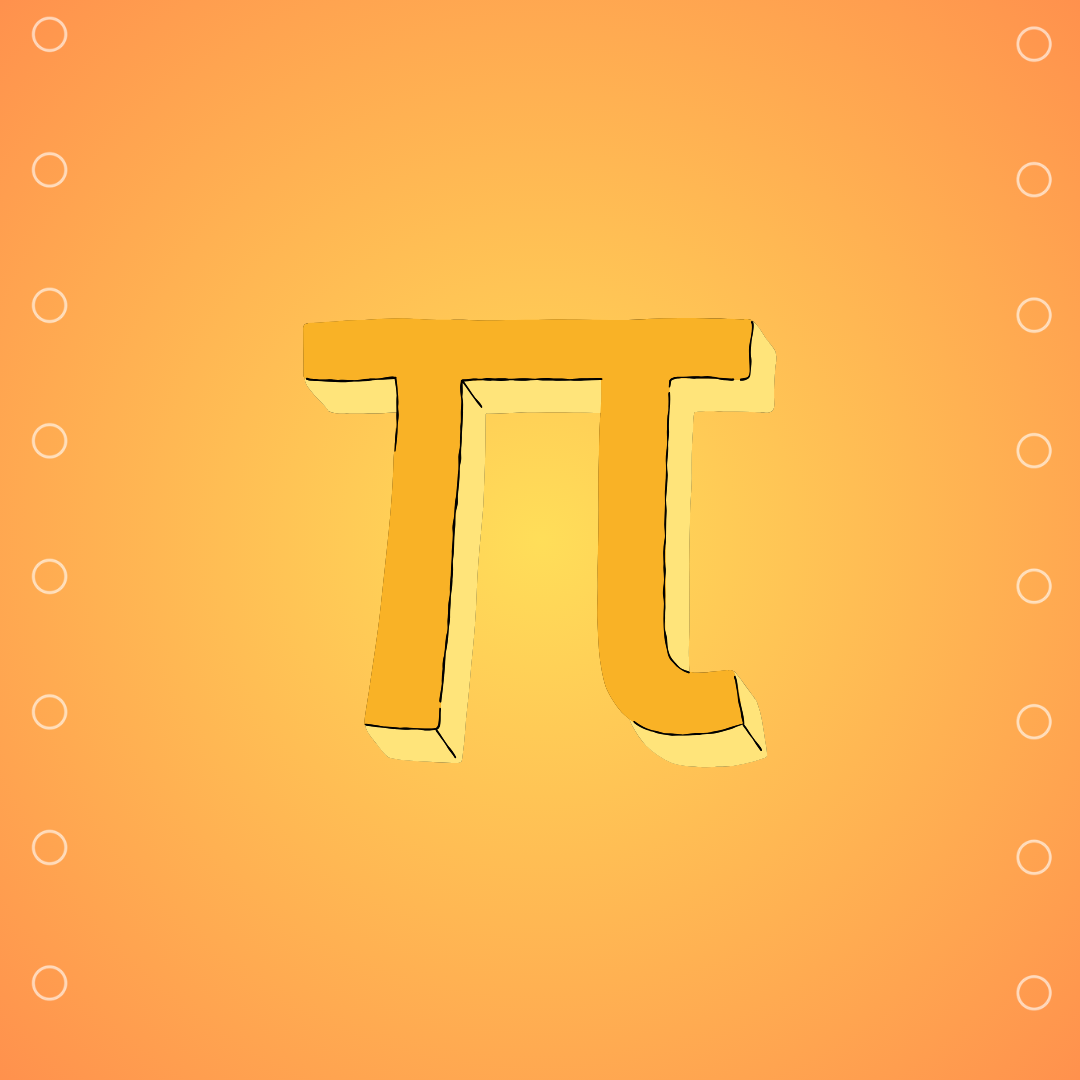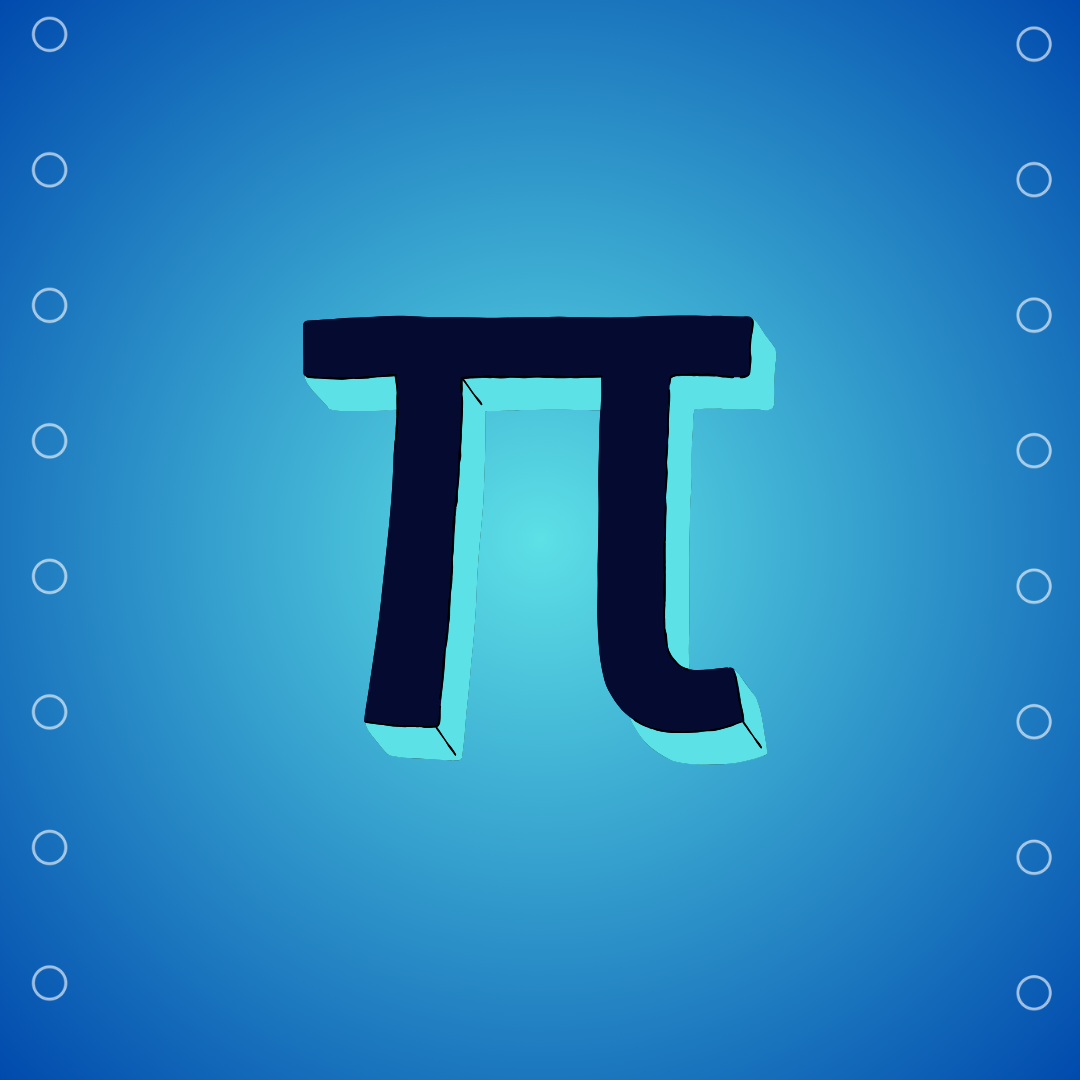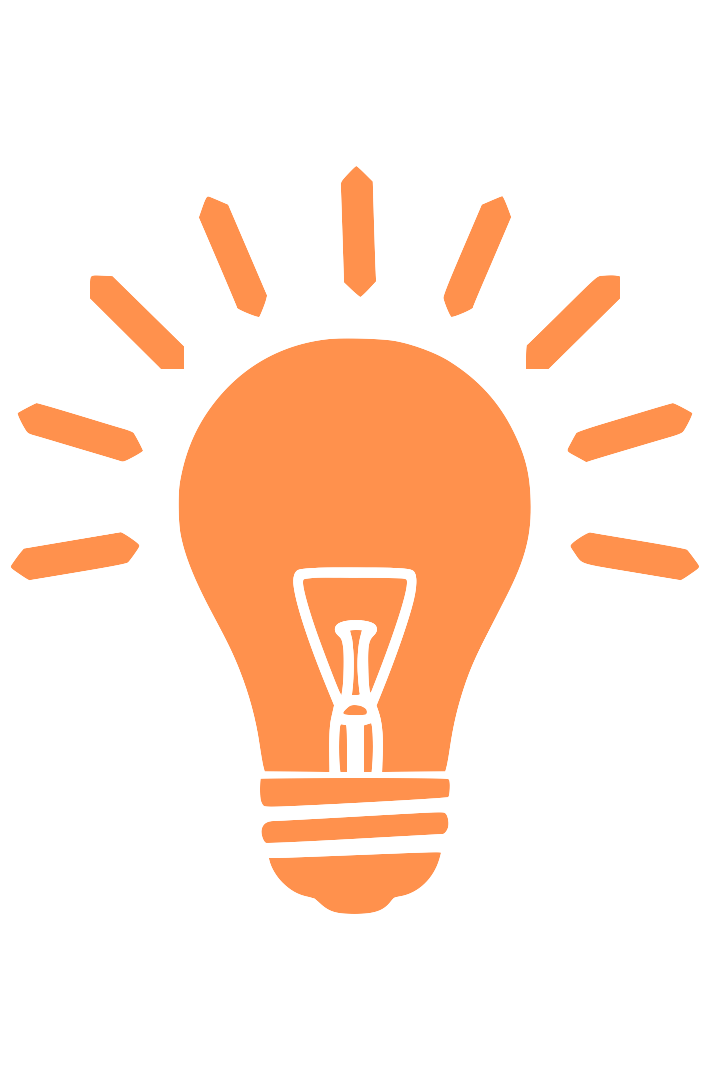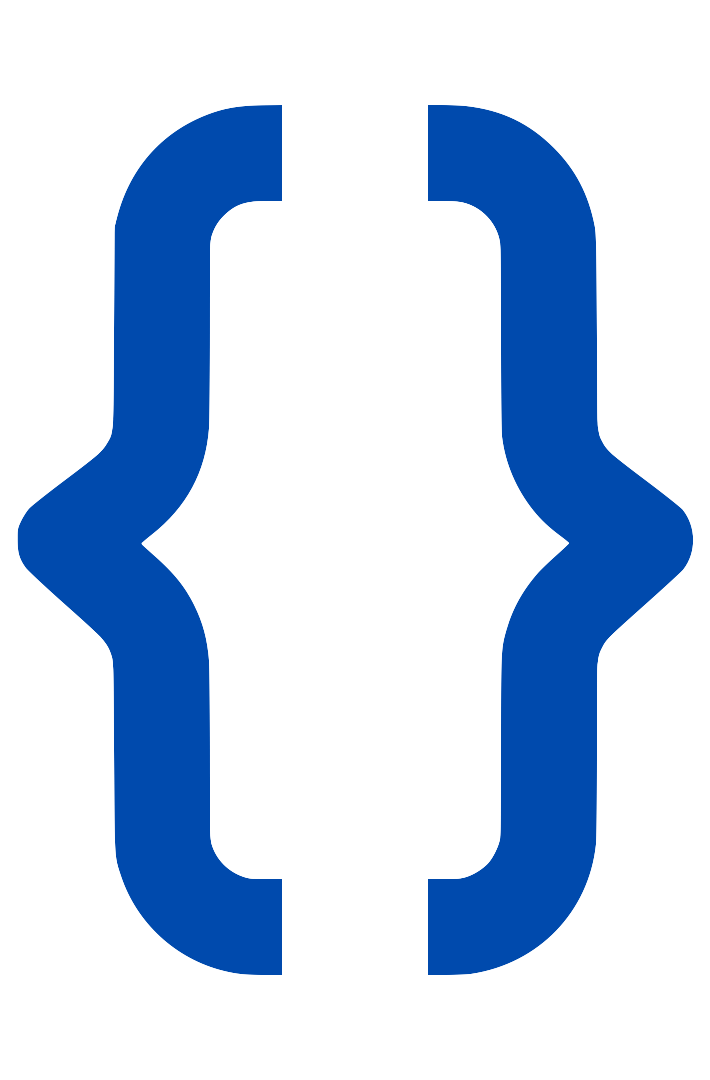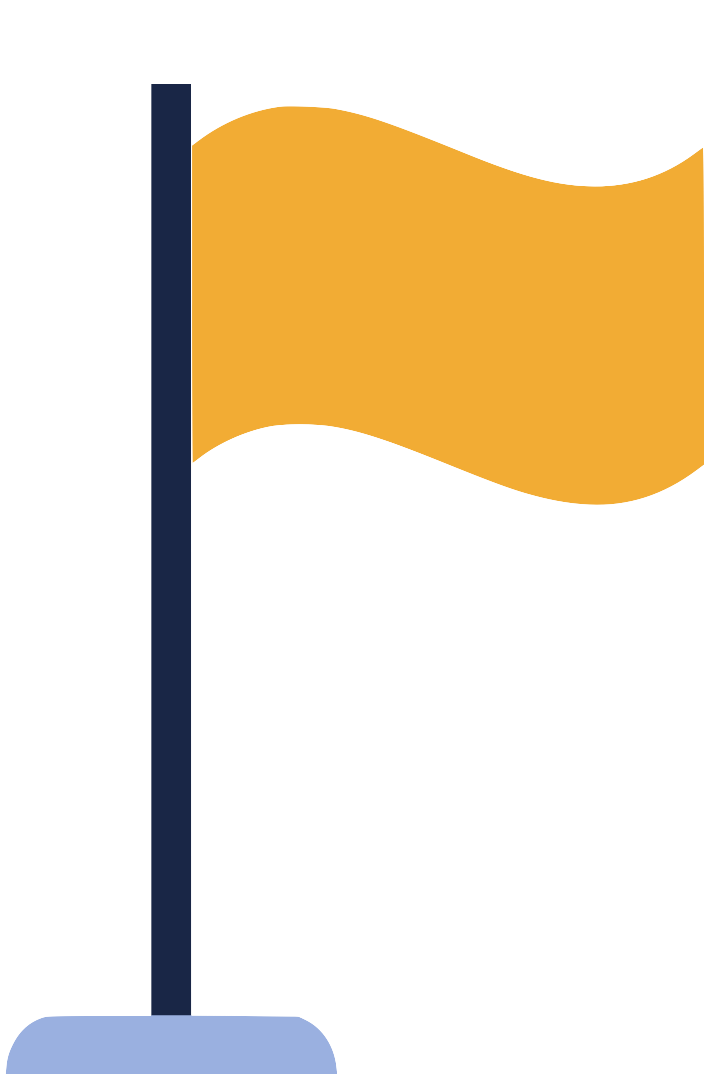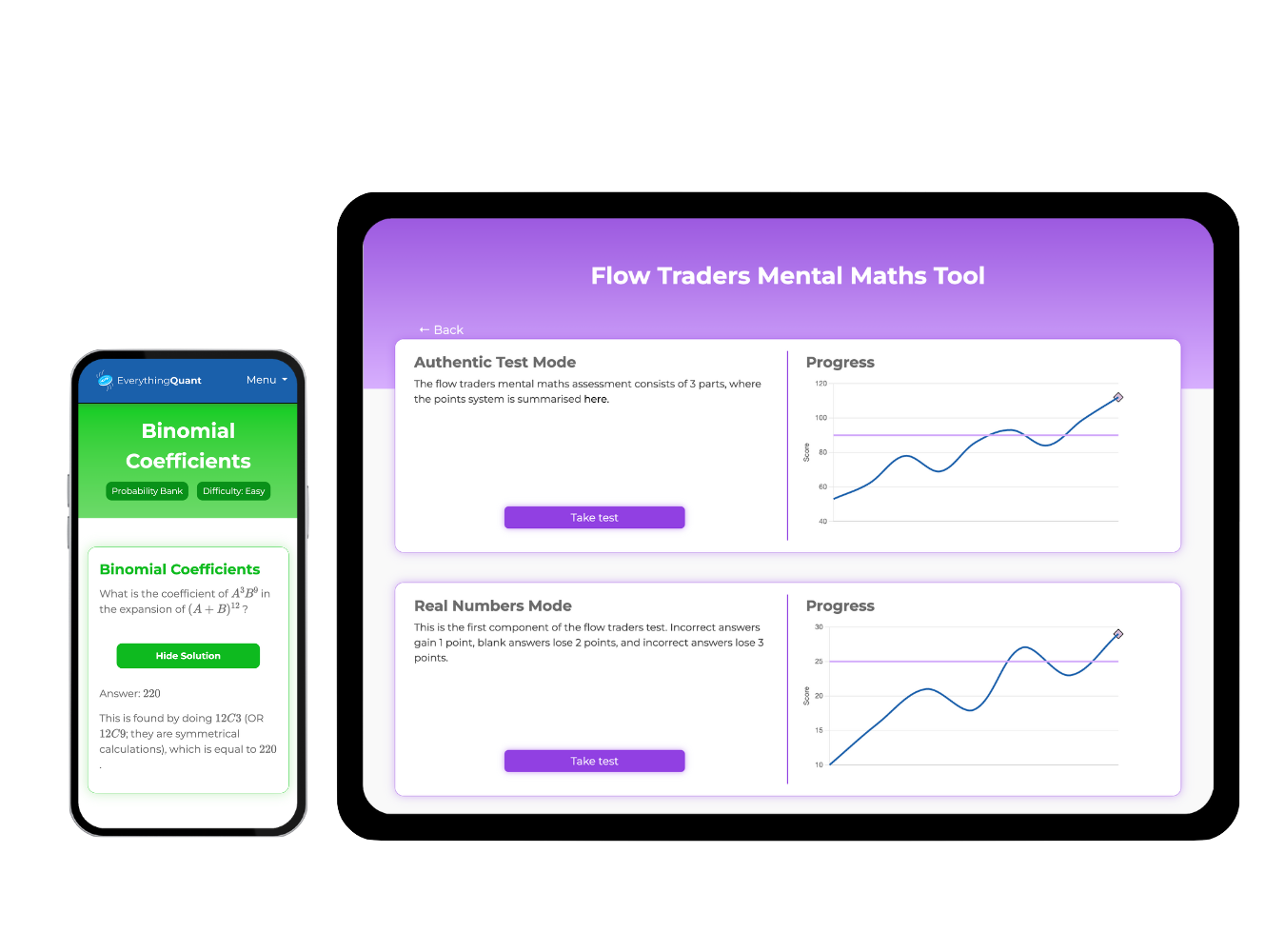Projects for Quantitative Finance
Discover how to start a quantitative finance project, and understand which projects will best improve your quantitative skills and stand out to employers!

Introduction
Quantitative finance is an especially competitive field, due to lucrative salaries, intellectually stimulating work, and exciting career opportunities. In such an industry, distinguishing yourself to employers goes beyond academic credentials and research; it is imperative to demonstrate true passion with practical skills and real-world experience.
One way you can differentiate yourself from other candidates is engaging in quantitative projects. Whether you intend to pursue a career in trading, research, development, risk, or any other quantitative profession, deeply learning the intricacies of a particular quantitative finance domain is not only valuable to prospective employers, but also to help deepen your knowledge within the field.
In this guide, we will explore some impactful projects you can complete in quantitative finance, whether you are just beginning your quantitative journey, or a seasoned professional. Enjoy!
Trading Competitions
Competitions that require algorithmic trading, derivatives pricing, game theory, and market making is perhaps the best way for beginners to further understand quantitative trading. Hosted by quantitative trading firms around the globe, these competitions are purposefully designed to be beginner-friendly, which enables students to get a solid grasp of the problems they may face in a quantitative finance career.
Some esteemed trading competitions include IMC Prosperity, Optiver's Ready Trader go, and Jane Street competitions. There may also be many other local competitions at your university, so be sure to participate in those too.
Volatility Estimation
Creating a volatility estimation model is a key first-step for designing a sound derivatives pricing model (which we will describe below). Volatility is challenging to model due to its open-ended nature.
Various mathematical approaches exist to measure volatility, accounting for black-swan events, filtering out noise from signal, and adapting to relevant external factors. The two main types of volatility you can estimate include:
Historical volatility
Historical volatility is a measure of how much an asset's price fluctuates or changes over a particular period. This volatility has already occurred, so it makes it much easier to determine.
Implied volatility
Implied Volatility is a prediction of volatility, implied by the market price of the option itself. This form of volatility is forward-looking, making it difficult and open-ended, with many different solutions.
Please note that some derivatives pricing models have built-in solutions to volatility, which we will discuss below.
Derivatives/Options Pricing
An derivative/options pricing model is a fundamental example of a mathematical application to finance. With the first developments of the Black-Scholes model in 1973, options pricing models have seen many forms, adapting for different derivatives markets and for different purposes.
There are many models used to price derivatives and options, including:
Black-Scholes Model
This is perhaps one of the most well-known options pricing models. It utilises stock price, strike price, expiration time, risk-free rate, and implied volatility to come to an option price.
What this model is known for is the effective assumption that prices follow a log-normal distribution. You may find tweaking the formula or introducing new variables slightly may improve results for certain assets. Whatever you decide to research, the floor is yours!
Binomial and Trinomial Tree Models
The binomial and trinomial models are successive models which simplifies that a stock price can either go up or down (and with the trinomial model, stay the same). This model can be useful for when the approximation may not be continuous (I.e. you may trade any time leading up to an expiry date, instead of having to trade on the expiry date).
Garman-Kohlhagen Model
This model is an extension of the Black-Scholes model, targeted toward Foreign Exchange (Forex) options. This is very useful, since the interest rates of both the domestic and foreign currencies must be considered to derive an accurate pricing of the option.
Programming Library/API
If you intend on breaking into quantitative finance as a software engineer, creating a library in a programming language, or an API for formula design, backtesting software, or data scraping is a great way to showcase your programming skills in a quantitative setting. Some things to consider when designing the application include:
- What is the purpose of the application?
- How can you ensure the application is as bug-free as possible, and as quick as possible?
- How and where will you go about deploying this API/library?
Cryptocurrencies
Cryptocurrency is emerging fast as an asset traded at prop trading firms. This arising asset class is known for possessing high risk and volatility, but also very profitable opportunities. There are several different ways you can apply quantitative finance techniques to cryptocurrencies:
Sentimental Analysis
Sentiment analysis uses natural language processing techniques to analyze news sources and determine the sentiment (positive, negative, or neutral) of the information. Traders can then base their decisions on this sentiment to inform their trading strategies.
Arbitrage/Statistical Arbitrage opportunitiess
Arbitrage involves exploiting price discrepancies for the same asset across different markets or exchanges, buying low in one and selling high in another. Statistical arbitrage uses mathematical models and historical data to identify and capitalize on mispricing between related assets or markets, often in short-term trades.
Finding Signals for Price Predicitions
Machine learning algorithms, such as LSTM networks, random forests, or other methods can be used. You may also use traditional linear regression methods, moving averages, Bolinger bands (for reversion), or GARCH models.
EverythingQuant Simulated Exchange
Our simulated exchange provides you with a range of different quantitative methods, including mean reversion, pairs trading, options, sentiment analysis, and more, allowing you to learn and apply fundamental quantitative concepts from the ground up.
You can also view our course on quantitative trading in python, to learn all the concepts regarding how to trade using algorithms, the order book, bids, asks, and everything in between.
Importance of Projects
You may wonder, "Are quantitative projects even important to prospective employers?"
For the most part, it depends on the position you are applying for. There is typically less strain on quantitative traders and developers to have completed a quantitative finance project, mainly because these professions do not require you to have prior financial knowledge.
Closing Remarks
One of the best ways to develop a greater understanding of quantitative finance is by creating and contributing to quantitative finance projects. For all aspiring quantitative professionals, there are numerous different projects to explore, each with unique challenges and learning opportunities.
While projects and a good resume is needed for quantitative finance, it is essential to know how to ace technical interviews. To aid in your preparation, we have a range of interview preparation resources, including 200+ interview questions, 25 online assessment tools, 15+ interview guides specific to quantitative firms, 6 courses designed for landing quantitative finance roles, and our simulated algorithmic exchanges.
We hope you found this guide helpful! :)
